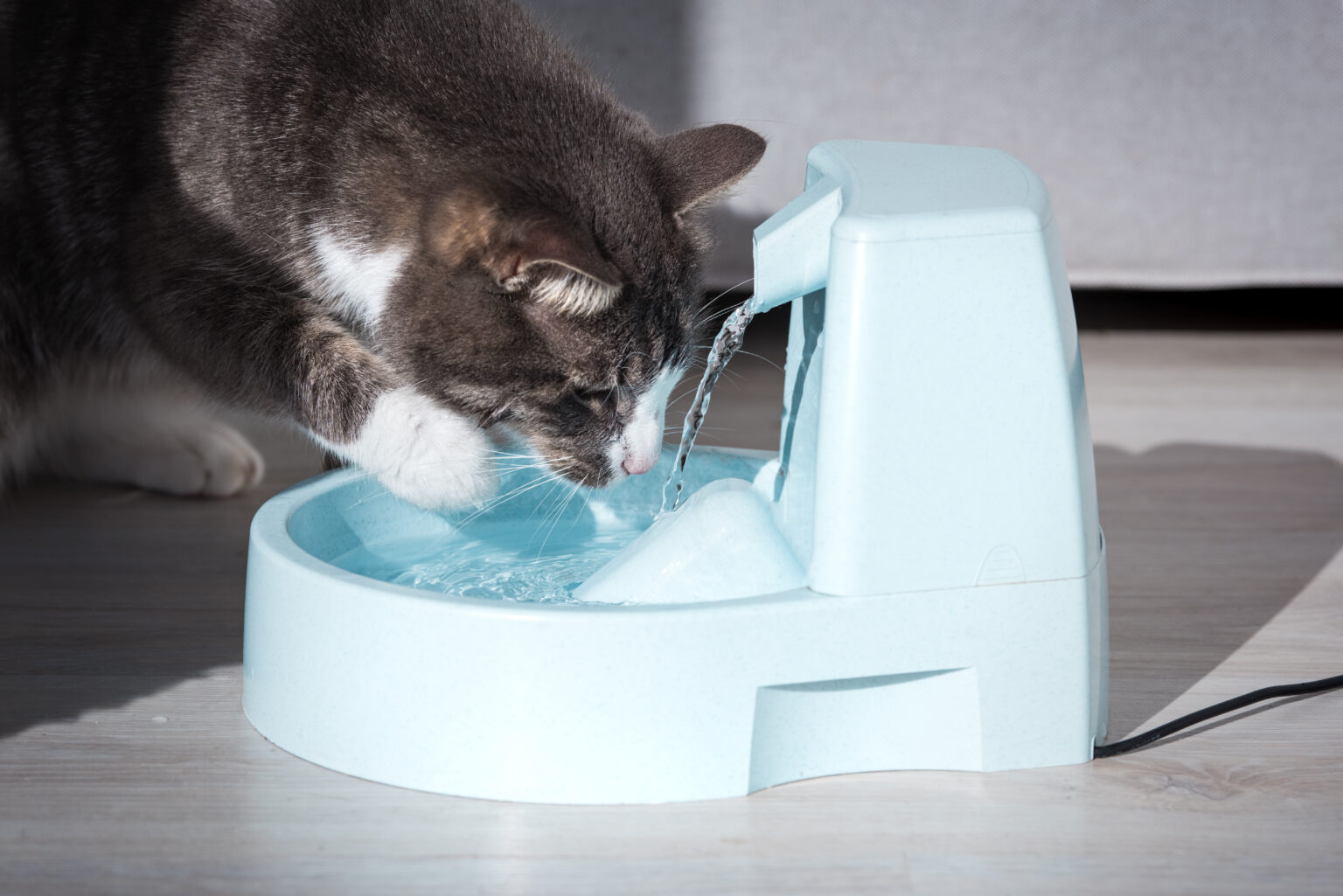The Importance of Hydration in Cats: Why It Matters and How to Encourage It

Cats are notorious for being low-maintenance — but when it comes to hydration, they often don’t drink enough water. Because of their desert-dwelling ancestry, cats naturally have a low thirst drive, which can lead to serious health issues if not monitored carefully.
In this post, we’ll explore why hydration is so important for feline health, how to tell if your cat is dehydrated, and simple ways to get them drinking more.
Why Cats Don’t Drink Enough
In the wild, cats get most of their moisture from prey and don’t naturally drink water as a separate act. But domestic cats, especially those on dry kibble, may not get enough fluids from food alone. Combine that with a naturally low thirst instinct, and many cats live in a constant state of mild dehydration.
Dangers of Dehydration in Cats
Chronic dehydration can lead to or worsen a number of health problems, including:
- Urinary tract infections
- Bladder stones or crystals
- Chronic kidney disease
- Constipation
- Decreased circulation and energy
These are especially common in older cats or those with existing kidney or urinary issues.
Signs of Dehydration
It can be tough to spot in cats, but signs of dehydration may include:
- Dry, tacky gums
- Lethargy
- Poor appetite
- Sunken eyes
- Decreased skin elasticity
- Reduced urination or strong-smelling urine
If you suspect your cat is dehydrated, contact your vet right away.
Tips to Keep Your Cat Hydrated
1. Add Water to Food
Mixing a little warm water or low-sodium broth into your cat’s kibble can boost moisture intake. Even better — offer canned food, which contains up to 80% water.
2. Use a Pet Fountain
Many cats prefer running water. A pet fountain can encourage drinking and keep water fresh and cool.
3. Offer Multiple Water Sources
Place clean bowls of water in different rooms. Some cats are picky about bowl material, location, or water freshness.
4. Try Water-Rich Treats
Frozen treats, tuna juice (in water, not oil), or rehydrated freeze-dried food can sneak extra water into your cat’s day.
5. Keep Bowls Clean
Cats may avoid dirty water bowls. Wash and refill them daily to keep things appealing.
When to Seek Help
If your cat stops drinking completely, becomes lethargic, or shows signs of urinary or kidney issues, they need immediate veterinary attention. Dehydration can escalate quickly in cats.
Concerned About Your Cat’s Hydration?
Hydration is one of the most important — and often overlooked — aspects of feline wellness. By helping your cat drink more, you support everything from kidney function to digestion and energy.
At Countryside Animal Hospital, we’re here to help with tailored hydration tips, nutrition advice, and care for cats of all ages Call Us or Book an Appointment Today!
Recent Posts
About Us
Get expert pet care tips, health insights, and heartwarming stories from the Countryside Animal Hospital blog. We love helping pets live happier, healthier lives!
